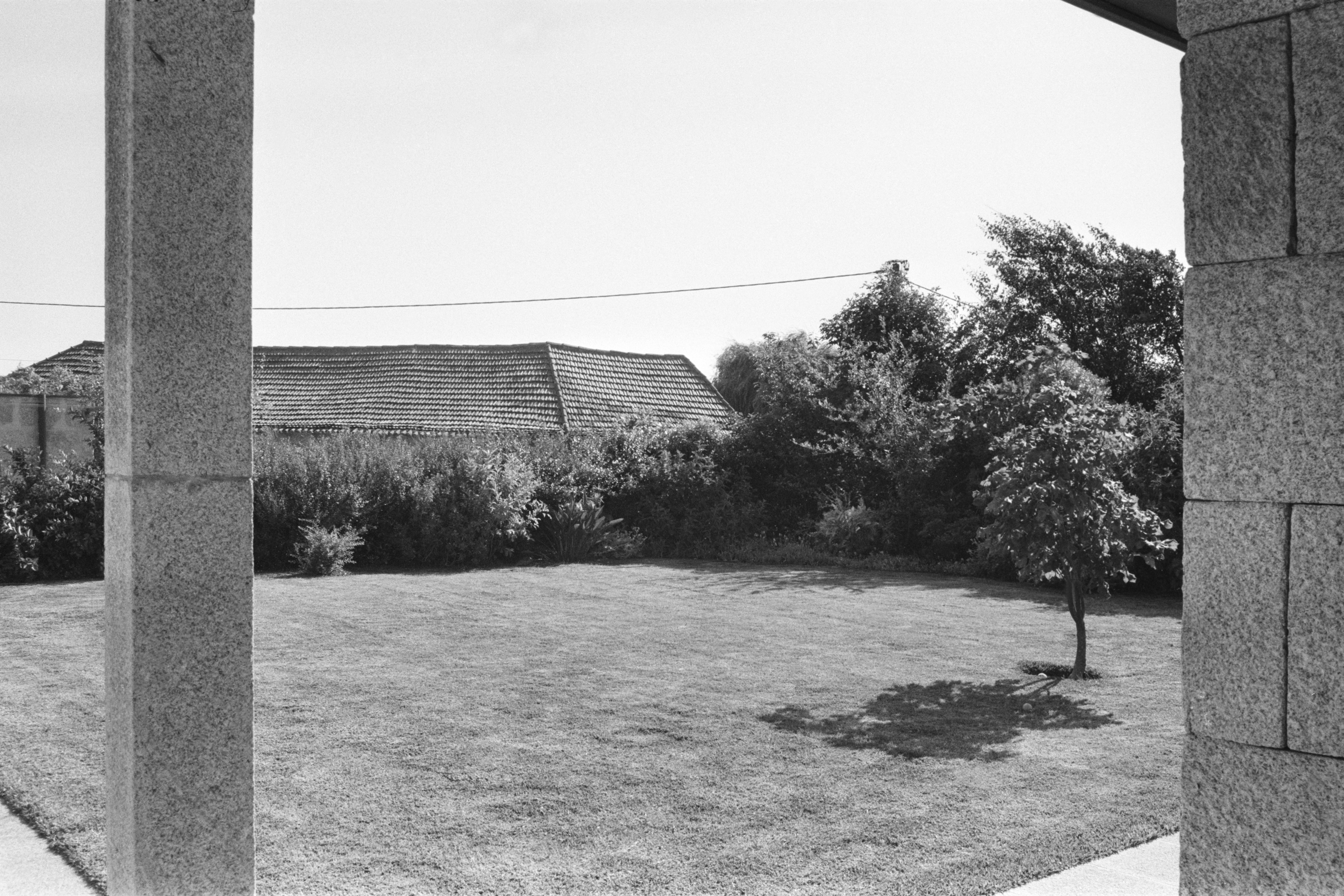Antoine de Saint-Exupéry, The Little Prince, translated by Richard Howard (Boston and New York: Houghton Mifflin Harcourt, 1971), 15.
A notable exception is Leon Battista Alberti’s treatise on architecture De re aedificatoria (On the Art of Building), written between 1443 and 1452, which takes up the question of a building’s upkeep in Book X, entitled Restoration of Buildings. The book reads as an instruction manual on what to avoid when building anew to minimize damage and on how to maintain a structure.
For more on the expression “inhabited machine” and its origins in the 18th and 19th century, see Moritz Gleich, Inhabited Machines: Genealogy of an Architectural Concept (Basel: Birkhäuser Verlag, 2023).
Álvaro Siza, translated in Italian as “Vivere una casa,” with photographs by Roberto Collovà, Domus (May 1995): 94-97.
The expression “repair society” was coined by cultural heritage historian Wilfried Lipp in his essay “Rettung von Geschichte für die Reparaturgesellschaft im 21. Jahrhundert,” ICONOS – Hefte des Deutschen Nationalkomitees: Das Denkmal als Altlast? Auf dem Weg in die Reparaturgesellschaft 21 (1996): 143-151. For a reprint of Lipp’s essay, see Arch+: The Great Repair 250 (2023): 44-49.
See, for example, Álvaro Siza: Writings on Architecture, Antonio Angelillo, ed. (Milan: Skira Editore, 1997), 47.
For the concept of “care as an everyday practice,” see Maria Puig de la Bellacasa, “Matters of Care in Technoscience: Assembling Neglected Things,” Social Studies of Science 41, no. 1 (2011): 98. For more on the subject matter, see Maria Puig de la Bellacasa, Matters of Care: Speculative Ethics in More Than Human Worlds (Minneapolis: University of Minnesota Press, 2017).
